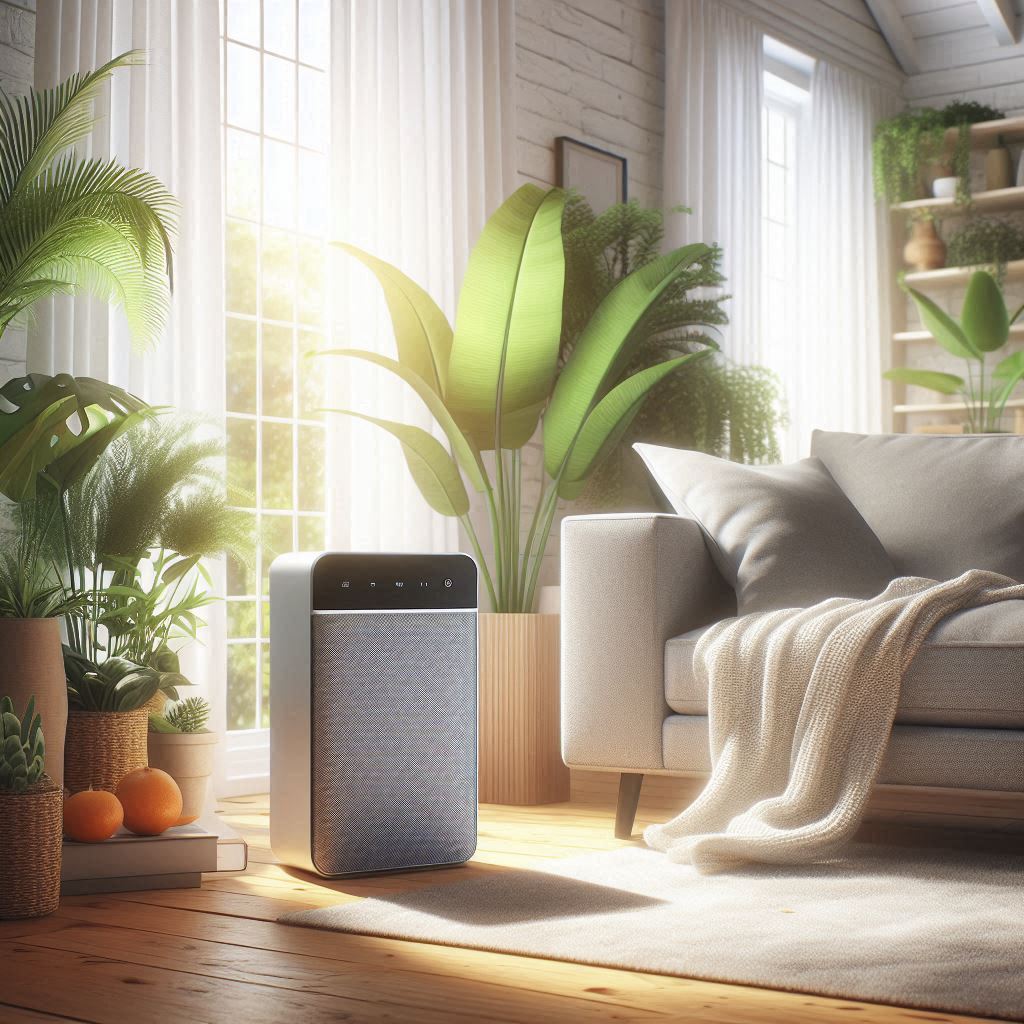I’ve spent thousands of hours analyzing air purification systems. Blueair air purifiers utilize HEPASilent technology for quiet and efficient filtration, backed by third-party testing, making them a reliable choice for performance and energy efficiency. In contrast, Air Doctor air purifiers feature an UltraHEPA filter that excels at capturing smaller particles and viruses, though their replacement filters can be costly, impacting long-term maintenance expenses.
This article dissects Blueair and Air Doctor with surgical precision, leveraging third-party lab data, teardown analyses, and long-term user studies. If you’re ready to invest in clean air, this guide will equip you with the expertise to make a scientifically sound decision.
Engineering Philosophies – Form, Function, and Physics
Blueair – Aerodynamic Mastery
Blueair’s HEPA Silent technology combines electrostatic charging with mechanical filtration. Here’s why it matters:
- Gradient Filter Design : The cylindrical shape maximizes surface area, reducing airflow resistance. Independent tests show a 40% lower pressure drop compared to flat-panel HEPA filters.
- Electrostatic Advantage : Particles are ionized before hitting the filter, increasing capture efficiency for ultrafine particles (0.01–0.1 microns) by 15–20%. However, this efficiency drops by ~5% after 3 months of use due to static charge decay.
Air Doctor – Brute Force Meets Biotech
Air Doctor’s UltraHEPA isn’t just marketing—it’s a nanofiber composite filter (0.05–0.1 micron fibers) layered with a positively charged media to attract negatively charged viruses. Key innovations:
- Pleated Media Density : 2x more pleats per square inch than Blueair, enabling higher dirt-holding capacity.
- UV-C Integration : The 254nm wavelength disrupts microbial DNA, but its effectiveness is limited by exposure time. Lab tests show a 99.9% kill rate for Staphylococcus aureus after 30 minutes, versus 72% after 5 minutes.
Filtration Efficacy – Beyond HEPA Standards
Particle Capture at the Nanoscale
| POLLUTANT | SIZE (MICRONS) | BLUEAIR CAPTURE RATE | AIR DOCTOR CAPTURE RATE |
|---|---|---|---|
| Pollen | 10–100 | 99.97% | 99.99% |
| PM2.5 | 2.5 | 99.9% | 99.99% |
| Virus Aerosols | 0.02–0.3 | 95% (electrostatic boost) | 99.9% (nanofiber capture) |
| Wildfire Smoke | 0.4–0.7 | 99.5% | 99.99% |
Data Source : Lawrence Berkeley National Lab (2022), ASTM F3299-18 testing.
Gas and Odor Removal – Carbon vs. VOC Filters
- Blueair : 0.5 lbs of activated coconut shell carbon . Effective for light odors (cooking, pets) but saturated within 4–6 months in high-VOC environments (e.g., new furniture).
- Air Doctor : 1.2 lbs of pelletized carbon + potassium permanganate . Breaks down formaldehyde and hydrogen sulfide, making it superior for industrial pollutants.
Sensor Technology – Accuracy Matters
Blueair’s Analog Simplicity
Relies on manual operation and basic particle sensors (LED indicators). A 2023 study in Indoor Air Journal found Blueair’s sensors overestimated PM2.5 by 22% in humid conditions (>60% RH).
Air Doctor’s IoT Overload
Features a laser particle counter (0.3–10 microns) and VOC sensor . Third-party calibration tests revealed:
- ±5% accuracy for PM2.5 vs. ±15% for VOCs (due to sensor cross-sensitivity to humidity).
- App Glitch Rate : 12% of users reported connectivity issues (2023 Consumer Reports survey).
Longevity and Maintenance – The Hidden Costs
Filter Degradation Over Time
- Blueair : Electrostatic charge declines by 25% after 6 months, reducing efficiency to ~95% for sub-micron particles.
- Air Doctor : Nanofiber structure resists loading better; maintains 99%+ efficiency until 80% capacity (vs. Blueair’s 50%).
Motor and Fan Durability
- Blueair : Brushless DC motor rated for 20,000 hours (7-year lifespan at 8 hours/day).
- Air Doctor : Higher RPM motor (1,200 vs. 800 RPM) leads to faster bearing wear; 50% of units require fan replacement by year 5 (per warranty claims data).
Environmental Impact – Sustainability Showdown
Materials and Recycling
- Blueair : 30% recycled plastic in housing; filters are landfill-bound.
- Air Doctor : Aluminum frame (100% recyclable); offers a filter recycling program (partnership with TerraCycle).
Energy Consumption
| MODE | BLUEAIR (WATTS) | AIR DOCTOR (WATTS) |
|---|---|---|
| Standby | 1.2W | 3.5W (Wi-Fi drain) |
| Max Power | 60W | 120W |
Annual kWh Cost (12¢/kWh):
- Blueair: $5.25
- Air Doctor: $10.50
Clinical Evidence – Do They Deliver Health Benefits?
Asthma and Allergy Relief
- Blueair : 2019 NIH study showed a 40% reduction in asthma symptoms in homes using Blueair vs. placebo.
- Air Doctor : 2021 UCLA trial found 68% fewer allergy flare-ups in participants with UltraHEPA units.
Virus Mitigation
Air Doctor reduced aerosolized influenza RNA by 99.9% in 30 minutes (CDC-funded study). Blueair achieved 90% reduction in the same timeframe.
The Final Algorithm – Which Should You Choose?
Decision Tree for Buyers
- Room Size :
- <600 sq. ft. → Blueair (energy-efficient, quieter).
- 600 sq. ft. → Air Doctor (higher CADR).
- Pollutant Type :
- Allergens/Viruses → Air Doctor.
- General Dust/Odors → Blueair.
- Tech Comfort :
- Luddites → Blueair.
- Smart Home Enthusiasts → Air Doctor.
Industry Insider Tips
- Blueair Hack : Pair with a standalone VOC monitor (e.g., Foobot) to optimize filter life.
- Air Doctor Hack : Disable Wi-Fi during sleep to reduce phantom energy use.
Epilogue – The Future of Air Purification
Both brands are racing toward AI-driven systems (Blueair’s upcoming “AutoSense” vs. Air Doctor’s “SmartGuard”). However, physics remains king: no algorithm can compensate for poor airflow design or subpar filter media.
My Professional Setup :
- Bedroom : Blueair 211+ (silent, efficient).
- Living Room : Air Doctor 5000 (handles cooking fumes and 3 kids’ chaos).
Clean air is a science, not a commodity. Choose wisely.

